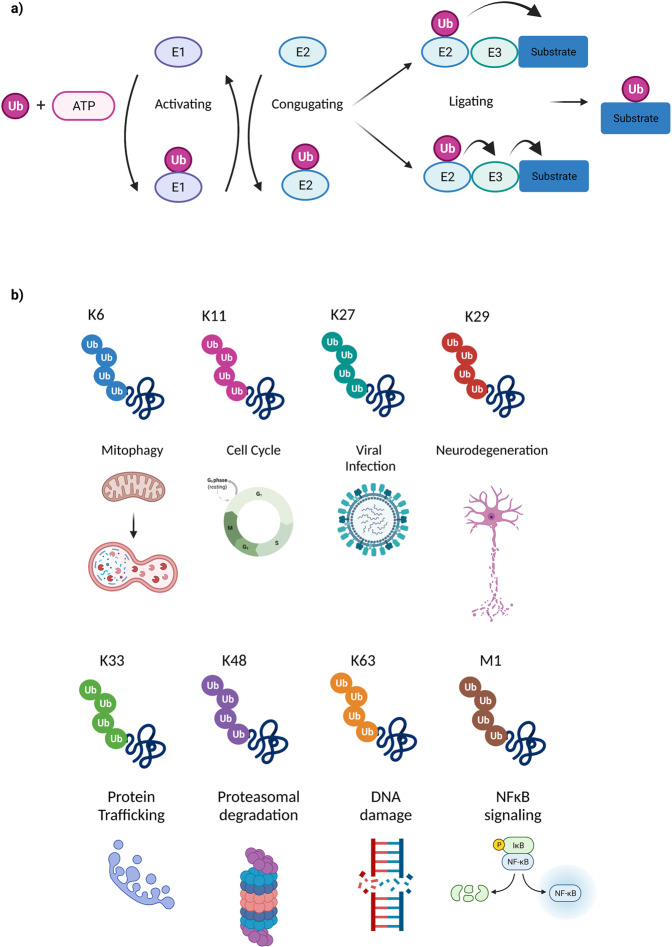Fig. 1. The ubiquitin code in a snapshot.
a Ubiquitylation is an ATP-dependent process that depends on the cooperative action of three sequential enzymes: Ub-activating enzyme (E1), Ub-conjugating enzyme (E2), and Ub E3 ligase (E3). Ub (magenta) is attached covalently to a lysine (K) residue of a substrate protein (dark blue) either through direct transfer from the E2 enzyme to the substrate, or through sequential transfer from the E2 enzyme to the E3 ligase and then to the substrate. b Ubiquitin can form eight different linkage types, using one of seven internal lysine residues (K6, K11, K27, K29, K33, K48, K63) or methionine at position 1 (M1). Specific Ub chains are capable to confer distinct functions of targeted substrates and thereby regulate different cellular processes. The functions illustrated here for each given type of Ub-chain are not restricted to the biological pathway depicted, but are rather representative examples chosen for simplicit.

